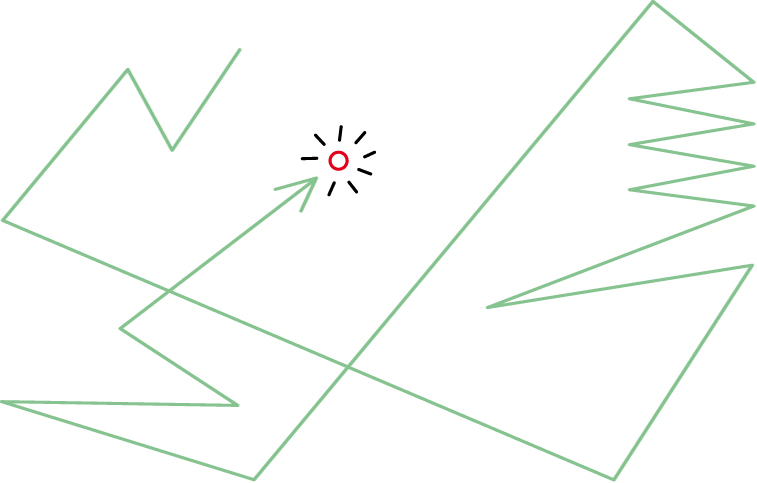List of chromosomes » Chromosome 6
Motions of the invisible
Animated proteins
How can you catch the imperceptible movements of proteins? Current laboratory techniques are not able to film them. Scientists can only imagine them. Bioinformatics provides calculation and visualisation methods that are able to predict the theoretical movements of proteins. These programs take into account constraints that derive from a protein’s shape, for instance, a little like a cartoon animator who has to imagine how a character moves depending on its morphology and the ground.


Encounter of an immune cell with a cancer cell
When two cells move slowly towards one another, contact is made by way of proteins, which also have to move in order to interact. Cancer cells carry specific proteins on their surface that present a small fragment, a little like a signature (red ribbon). When a cancer cell binds to the “signature” protein found on the surface of the immune cell, it sets off an alarm and the cancerous cell is targeted for destruction.


Designing drugs
By studying the shape of a protein and how it moves, researchers can design molecules that are then able to interact ‘perfectly’ with it. To what end? If a protein is involved in an illness, for example, such molecules can behave as drugs by preventing the protein from being active. These methods offer new perspectives in the manufacture of drugs or vaccines to fight against illnesses such as cancer, to name one.

External links
Video (Harvard University): The Inner Life of the Cell
Protein Spotlight – comics: What’s a protein?
Internal links
What is a protein?
What is a cancer?
What is a drug?
What is molecular modelling?
Chromosome 10: Gene…Ethics
Chromosome 13: A taste of happiness

